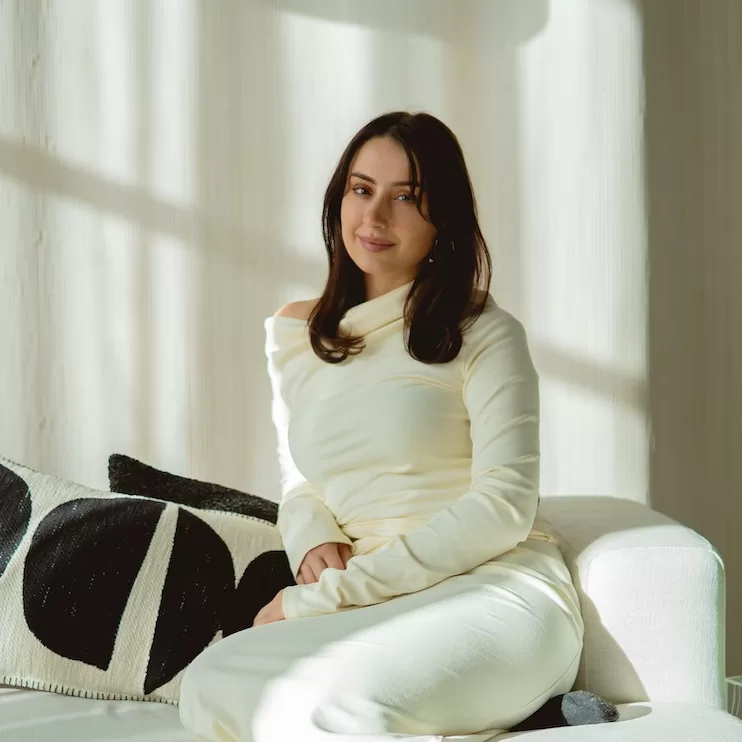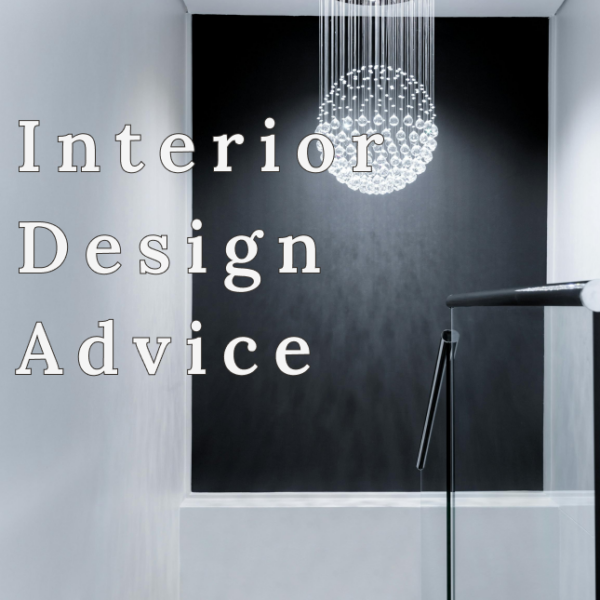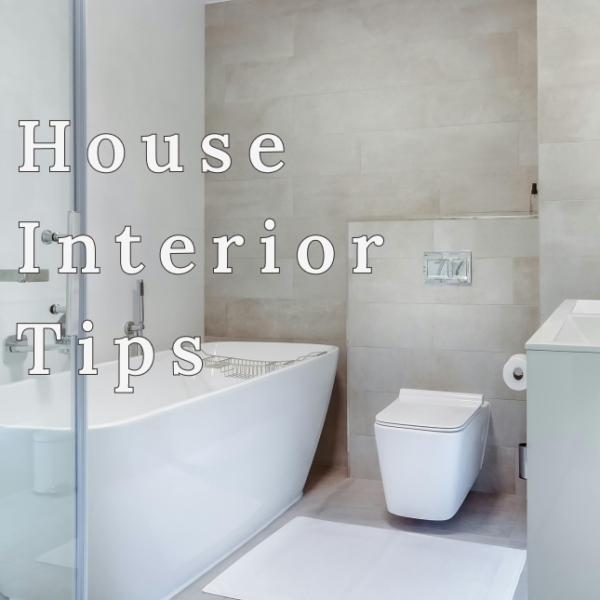Interior design, as we know it today, is a discipline that combines art, architecture, and functionality to create spaces that are both aesthetically pleasing and practical. But when did people start designing interiors, and how has this practice evolved over time? This question popped into my mind today, so I thought I’d explore. Let’s explore the history of interior design together.
Ancient Beginnings: The Roots of Interior Design

The concept of interior design dates back thousands of years to the early civilizations of Egypt, Greece, and Rome. While these ancient societies didn’t have interior designers in the modern sense, they placed great importance on the decoration and organization of their living spaces.
- Ancient Egypt: The Egyptians were always known for their grand and elaborate interiors. Homes of the wealthy were decorated with vibrant murals, intricate carvings, and luxurious furnishings. The use of colour was symbolic, with green representing fertility and black symbolizing the Nile River.
- Ancient Greece: By 800 BCE, the Greeks had developed a keen sense of proportion, balance, and symmetry. Greek homes featured simple yet elegant furniture, and the use of frescoes and mosaics was common. The Greeks also introduced the concept of the megaron, an early form of the living room, which was the focal point of domestic life.
- Ancient Rome: The Romans expanded upon Greek ideas and took interior decoration to new heights. Roman homes were lavishly decorated with frescoes, mosaics, and statues. Wealthy Romans had a domus, a private residence with an atrium, and rooms designed for specific purposes, such as dining, bathing, and entertaining. The Romans also introduced the use of indoor gardens and courtyards, bringing elements of nature into their living spaces.
The Middle Ages: Function Over Form
In Europe during the Middle Ages, life was centred around the church and the feudal system (fun). Considering, homes were primarily functional rather than decorative.

- Medieval Castles: Castles were mainly built for defence. The interiors of this time were often austere. Rooms tended to be sparsely furnished. Heavy wooden furniture, tapestries for insulation, and large fireplaces for heating were common to see. However, the use of tapestries and other textiles did introduce some decorative elements, depicting scenes of hunting, battle, or religious themes.
- Manor Houses: As feudalism declined and wealth spread beyond the nobility, manor houses became more common. These homes had more emphasis on comfort and decoration, with rooms designed for specific activities such as dining, sleeping, and socializing. Furniture became more ornate, and the use of textiles and rugs added warmth and colour to interiors.
The Renaissance: A Revival of Art and Design
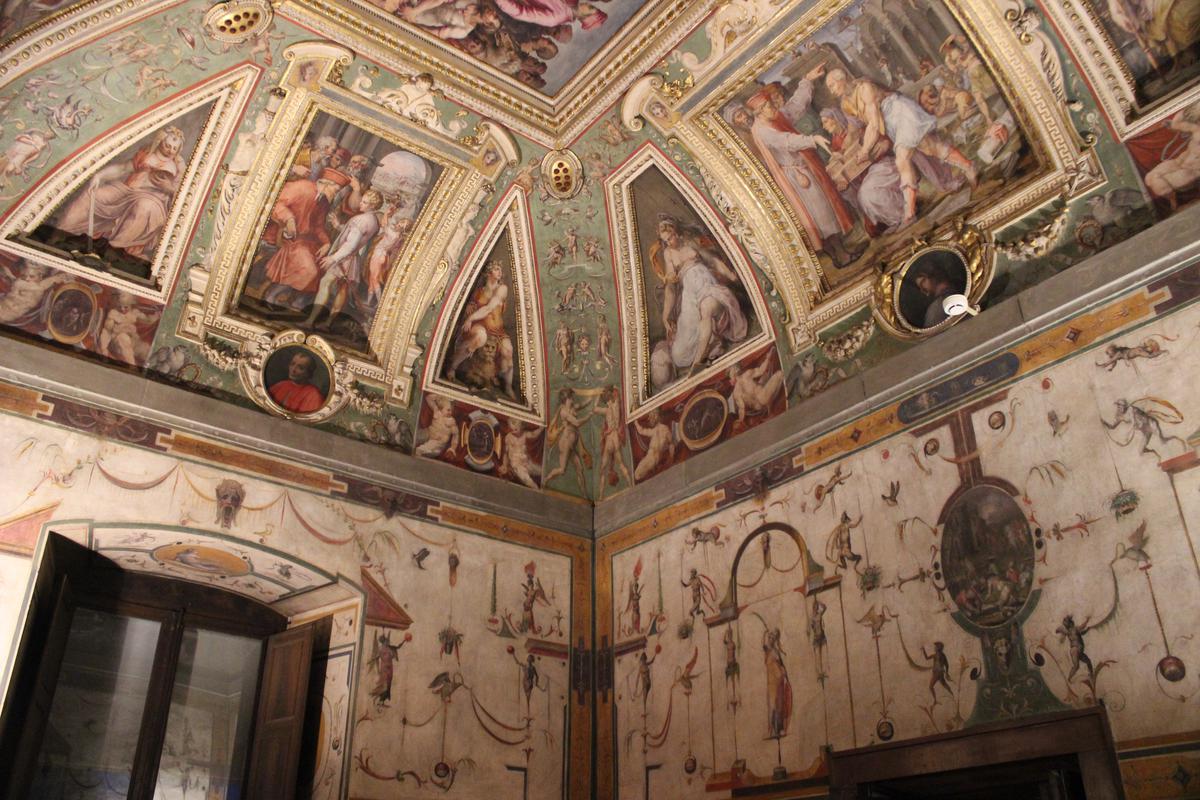
The Renaissance (14th to 17th century) marked a significant shift in interior design. As art and culture experienced a revival in Europe. This period saw the rebirth of classical ideas from Greece and Rome, with a focus on beauty, symmetry, and harmony.
- Italian Renaissance: In Italy, wealthy families like the Medici commissioned grand palaces with opulent interiors. Decoration would include frescoes, sculptures, and ornate furniture. The use of perspective in art influenced the design of spaces, with rooms arranged to create a sense of balance and proportion.
- French Renaissance: In France, the châteaux of the Loire Valley became symbols of Renaissance elegance. Interiors featured lavish tapestries, intricately carved furniture, and decorative ceilings. The cabinet became a popular piece of furniture, used to store valuable items and display art.
The Baroque and Rococo Eras: Opulence and Extravagance
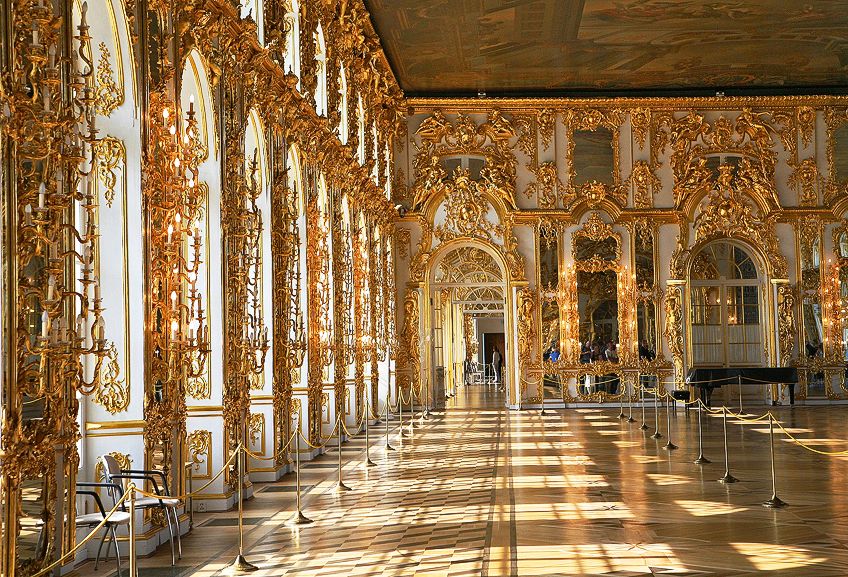
The 17th and 18th centuries saw the rise of the Baroque and Rococo styles. These styles were a reaction against the restraint of the Renaissance, embracing drama and extravagance.
- Baroque: Originating in Italy, the Baroque style spread across Europe, influencing both architecture and interior design. Baroque interiors were dramatic and theatrical, with heavy use of gold, marble, and bold colours. Furniture was ornate, with intricate carvings and gilded finishes. Grand staircases, chandeliers, and mirrors were all used.
- Rococo: By the early 18th century, the Rococo style emerged as a more playful and light-hearted evolution of Baroque. Originating in France, Rococo interiors featured pastel colours, delicate furniture, and elaborate mouldings. The emphasis was on comfort and elegance, with an abundance of curves, floral motifs, and asymmetry.
The 19th Century: Eclecticism and the Industrial Revolution
The 19th century was a time of great change in interior design. As the Industrial Revolution brought new materials, technologies, and influences from around the world. This period saw the rise of eclecticism. Designers drew inspiration from various historical styles and combined them in innovative ways.

- Victorian Era: In England, during the Victorian era (1837-1901) interiors were characterized by a mix of Gothic, Rococo, and Renaissance styles. Think ornate furniture, heavy drapes, and rich colours. The rise of the middle class led to an increase in consumerism, with more people able to afford decorative items and furnishings.
- Arts and Crafts Movement: In response to the mass production of the Industrial Revolution, the Arts and Crafts movement emerged in the late 19th century. This movement, led by designers like William Morris, emphasized handcrafted goods and simple, functional design. The focus was on quality materials, craftsmanship, and the beauty of natural forms.
The 20th Century: Modernism and Beyond
The 20th century brought radical changes to interior design, as modernism emerged as a dominant force. This period was all about, a break from historical styles. Think simplicity, functionality, and innovation.
- Modernism: Modernism, which gained momentum in the early 20th century, rejected ornamentation in favour of clean lines and minimalist design. Influential figures like Le Corbusier, Mies van der Rohe, and Frank Lloyd Wright championed the idea of form following function. Materials like steel, glass, and concrete became popular materials.
- Mid-Century Modern: By the mid-20th century, the mid-century modern style emerged. Characterized by sleek lines, organic forms, and the use of new materials like plastic and plywood. Designers like Charles and Ray Eames, Eero Saarinen, and George Nelson created iconic furniture pieces that remain popular today.
- Postmodernism: In the late 20th century, postmodernism challenged the rigidity of modernism by reintroducing decoration, colour, and playfulness into design. This style embraced eclecticism, combining elements from different periods and cultures to create unique and often whimsical interiors.
The 21st Century: A Fusion of Past and Present
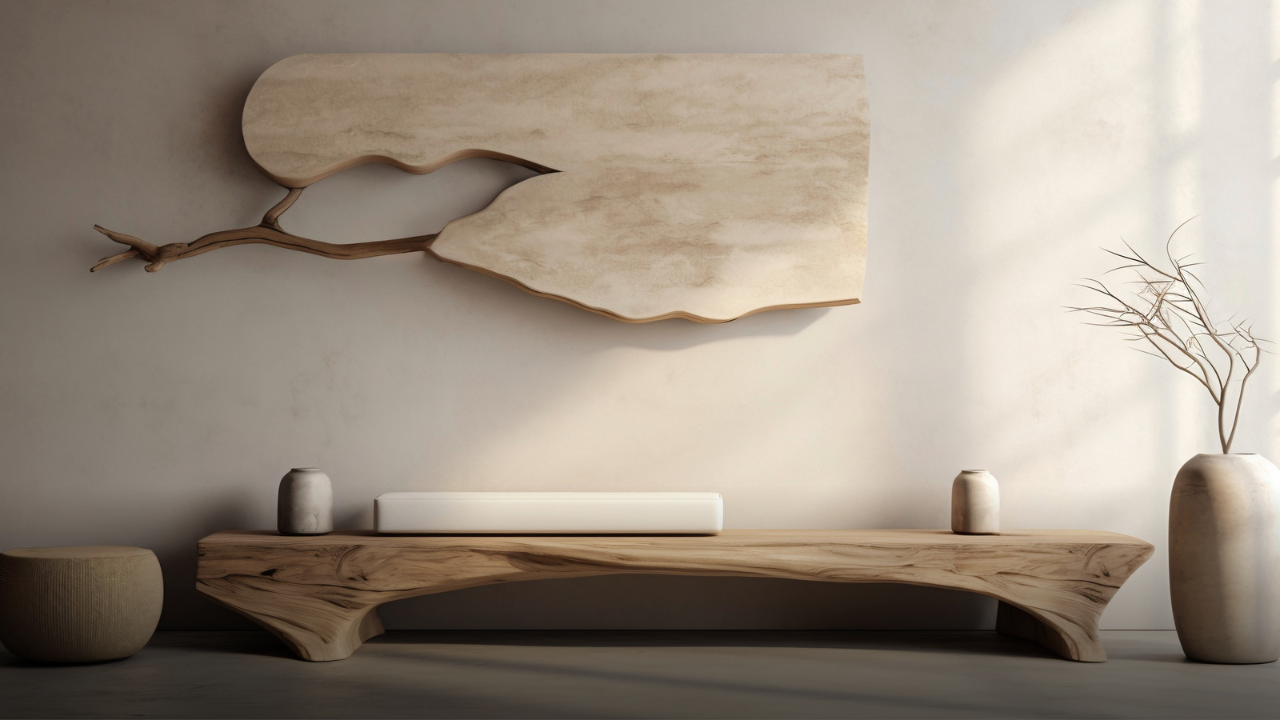
Today, interior design continues to evolve, with a focus on sustainability, technology, and personalization. Designers are increasingly blending traditional and contemporary elements, creating spaces that are both timeless and cutting-edge.
- Sustainability: The growing awareness of environmental issues has led to a focus on sustainable design. With an emphasis on using eco-friendly materials, energy-efficient systems, and recycled or upcycled furnishings.
- Technology: Advances in technology have transformed interior design. Including smart homes, virtual reality, and 3D printing opening up new possibilities for customization and innovation.
- Global Influences: The 21st century has seen a greater exchange of ideas and styles across cultures. This resulting in interiors that reflect a diverse range of influences, from Scandinavian minimalism to Japanese wabi-sabi.
Interior Design History Wrapped Up
The history of interior design is a rich tapestry that reflects the cultural, social, and technological changes of each era. From the grand palaces of ancient civilizations to the sleek, sustainable homes of today, interior design has evolved into a complex and dynamic discipline. I, for one, am excited to see how the evolution continues. I hope you enjoyed learning about the history of interior design.
Read How To Sharpen Your Interior Design Eye.
Read What is My Home Decor Style?
Click Here To Shop My Favourite Home Goods
Let’s design your space together, virtually.
